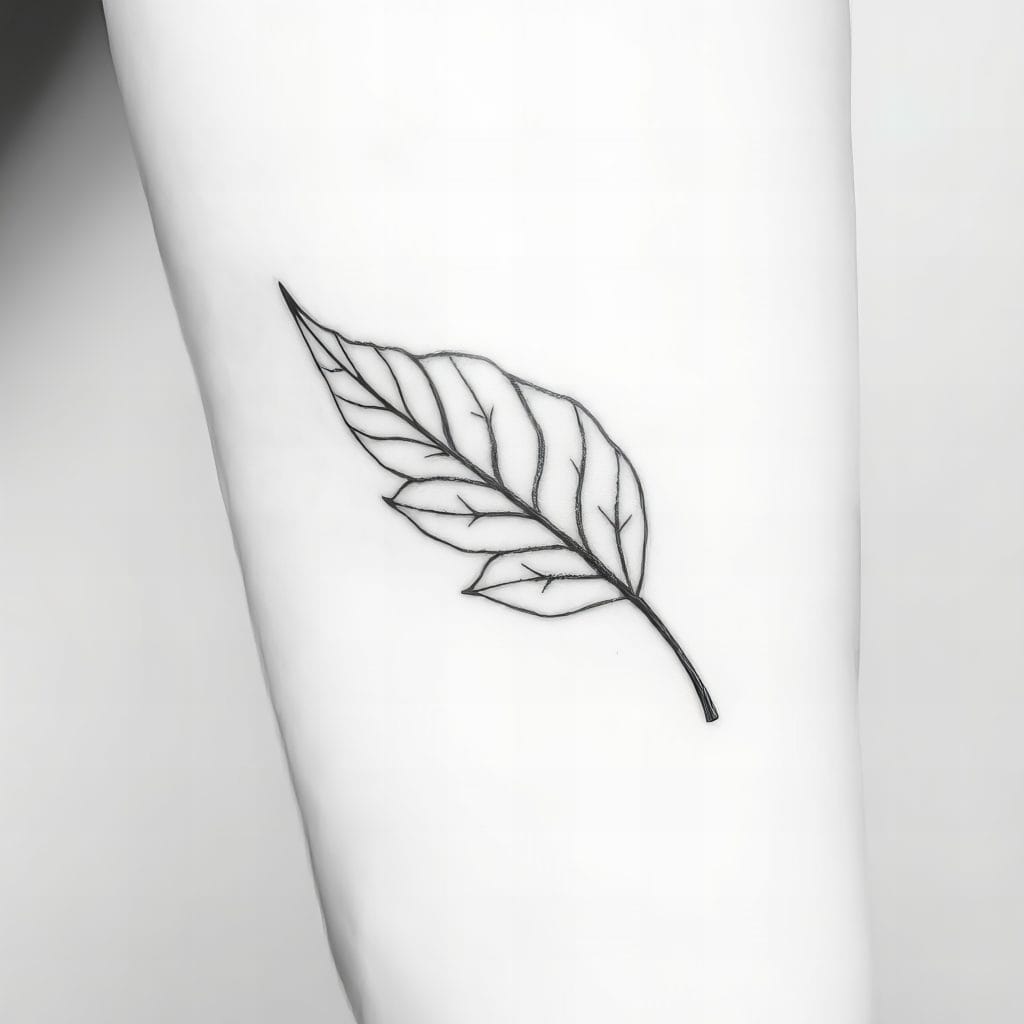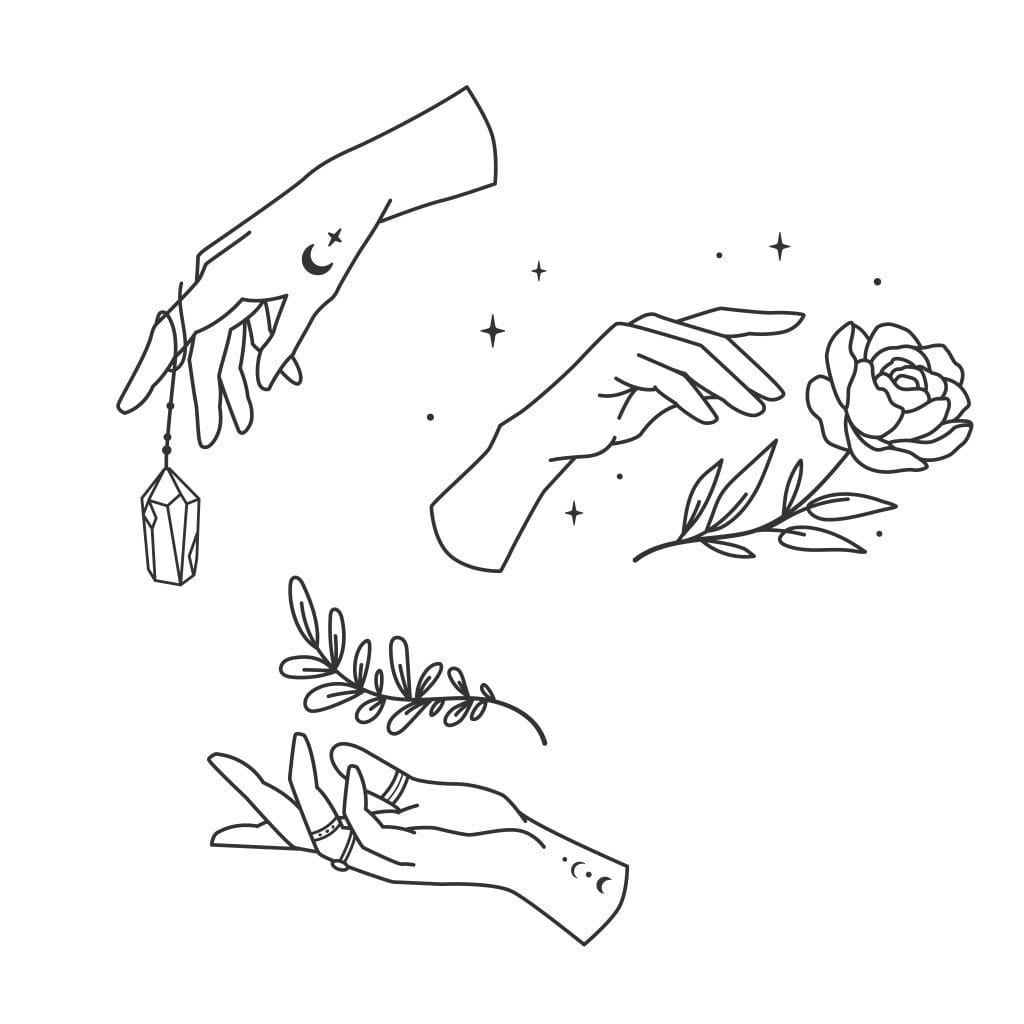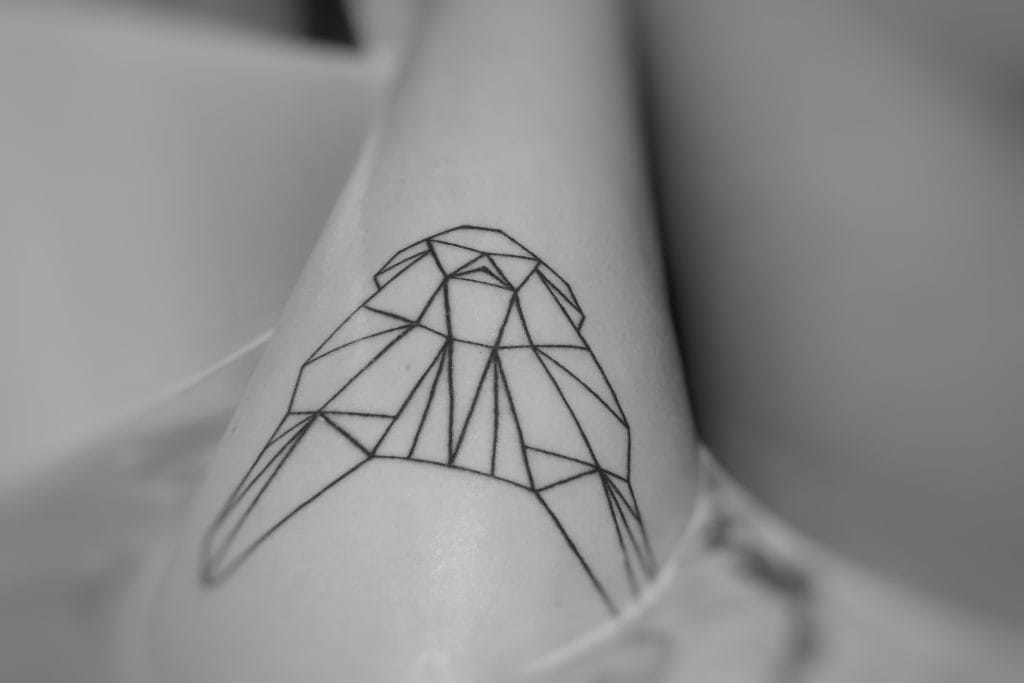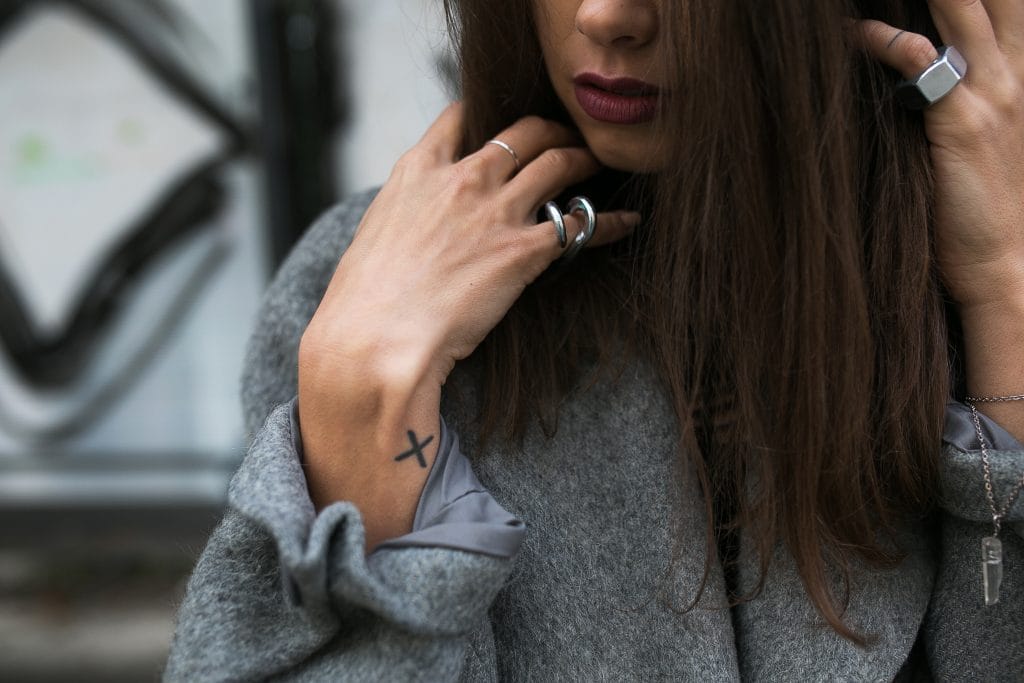In recent years, fine-line micro tattoos have surged in popularity, captivating a diverse audience with their delicate and intricate designs. These tattoos are characterized by their thin, precise lines that create detailed images, often resembling sketches or minimalist art. The appeal of fine-line micro tattoos lies in their subtlety; they offer a way for individuals to express themselves without the boldness that larger tattoos typically convey.
This trend has been embraced by people of all ages, from young adults seeking their first tattoo to seasoned tattoo enthusiasts looking for something new and refined. The rise of social media platforms has played a significant role in the popularity of fine-line micro tattoos. Artists showcase their work on Instagram and Pinterest, allowing potential clients to explore a vast array of styles and ideas.
This visual exposure has not only inspired individuals to consider fine-line tattoos but has also fostered a community where artists can share techniques and innovations. As more people seek unique and personal forms of self-expression, fine-line micro tattoos have become a favored choice, reflecting a broader cultural shift towards minimalism and understated elegance in body art.
Key Takeaways
- Fine-line micro tattoos are gaining popularity for their delicate and subtle appearance, making them a popular choice for those looking for a minimalist and discreet tattoo option.
- Finding the right tattoo artist for fine-line micro tattoos is crucial, as not all artists are skilled in this specialized technique. Research and choose an artist with a strong portfolio of fine-line work.
- Aftercare for long-lasting fine-line micro tattoos is essential to ensure the tattoo heals properly and maintains its crisp lines. Follow the artist’s aftercare instructions carefully to preserve the tattoo’s quality.
- Choosing the right placement for fine-line micro tattoos is important, as certain areas of the body may not be suitable for this delicate style. Consider areas with minimal movement and sun exposure for the best results.
- Understanding the limitations of fine-line micro tattoos, such as potential fading and blurring over time, is important for managing expectations and making informed decisions about design and placement.
- Incorporating fine-line micro tattoos into a larger design can add intricate detail and depth to a tattoo, creating a unique and personalized piece of body art.
- Fine-line micro tattoos require regular maintenance and touch-ups to keep them looking sharp and vibrant over time. Be prepared for the need for occasional touch-ups to maintain the tattoo’s quality.
- The future of fine-line micro tattoos looks promising, with advancements in tattoo technology and techniques continually improving the longevity and quality of these delicate designs.
Finding the Right Tattoo Artist for Fine-Line Micro Tattoos
Selecting the right tattoo artist is crucial when considering a fine-line micro tattoo. Not all tattoo artists specialize in this particular style, so it is essential to conduct thorough research to find someone with a proven track record in fine-line work. Start by reviewing portfolios, paying close attention to the precision and detail in the artist’s previous fine-line tattoos.
Look for consistency in their work, as well as an ability to create clean lines and intricate designs that resonate with your vision. Additionally, it is beneficial to read reviews and seek recommendations from friends or online communities. Engaging with potential artists through consultations can also provide insight into their approach and professionalism.
During these meetings, discuss your ideas and gauge their enthusiasm for your concept. A good artist will not only be skilled but will also take the time to understand your preferences and offer suggestions that enhance your design. Building a rapport with your tattoo artist can lead to a more satisfying experience and a final product that truly reflects your individuality.
Aftercare for Long-Lasting Fine-Line Micro Tattoos
Proper aftercare is essential for ensuring that fine-line micro tattoos heal beautifully and maintain their clarity over time. Immediately after getting the tattoo, the artist will typically cover it with a bandage or plastic wrap to protect it from bacteria and irritation. It is crucial to follow the artist’s specific aftercare instructions, which may include keeping the tattoo covered for a certain period and avoiding direct sunlight or soaking in water.
Once the initial healing phase begins, keeping the tattoo clean is vital. Gently wash the area with mild soap and water, then pat it dry with a clean towel. Applying a thin layer of fragrance-free moisturizer or specialized tattoo aftercare ointment can help keep the skin hydrated and promote healing.
It is important to avoid picking at scabs or scratching the tattoo, as this can lead to fading or distortion of the fine lines. By adhering to these aftercare guidelines, you can ensure that your fine-line micro tattoo remains vibrant and well-defined for years to come.
Choosing the Right Placement for Fine-Line Micro Tattoos
Placement is a critical consideration when getting a fine-line micro tattoo, as it can significantly impact both visibility and personal significance. Many individuals opt for areas that allow for discreet tattoos, such as the wrist, ankle, or behind the ear. These locations provide an opportunity for subtle expression while still being easily concealable when desired.
However, some may choose more visible placements like the forearm or upper arm to showcase their art more prominently. When deciding on placement, consider how the tattoo will interact with your body’s natural contours and movements. Fine-line tattoos can be particularly striking on flat surfaces where the design can be fully appreciated without distortion.
Additionally, think about how the tattoo will age over time; areas that experience more friction or sun exposure may require more frequent touch-ups. Ultimately, the right placement should resonate with your personal style and lifestyle while enhancing the overall aesthetic of the fine-line micro tattoo.
Understanding the Limitations of Fine-Line Micro Tattoos
While fine-line micro tattoos are celebrated for their elegance and intricacy, they do come with certain limitations that potential clients should be aware of before committing to this style. One significant factor is that fine lines can be more susceptible to fading over time compared to bolder designs. This is particularly true if the tattoo is placed in an area that experiences frequent sun exposure or friction.
As skin ages and changes, fine lines may blur or lose definition, which can alter the original design. Another limitation is that intricate details may not translate well into very small sizes. While fine-line tattoos can capture delicate elements beautifully, there is a threshold beyond which details may become indistinguishable or appear cluttered.
It is essential to work closely with your tattoo artist to ensure that your design is feasible within the chosen size and placement. Understanding these limitations can help set realistic expectations and lead to a more satisfying outcome.
Incorporating Fine-Line Micro Tattoos into a Larger Design
Integrating Fine Lines into Larger Designs
When incorporating fine lines into a bigger tattoo project, it’s essential to consider how they’ll complement bolder elements or other design elements. This approach allows for creative layering, where fine-line details can add depth and texture to an Overall Composition.
Collaboration is Key
Collaboration with your tattoo artist is crucial when merging different styles. They can provide valuable insights on how to balance various elements while maintaining harmony in the design. For instance, a fine-line floral motif can beautifully accentuate a larger piece like a mandala or geometric design, creating visual interest without overwhelming the overall aesthetic.
Achieving a Unique Piece
By thoughtfully integrating fine-line micro tattoos into larger designs, you can achieve a unique piece that tells a more comprehensive story about your personal journey.
Fine-Line Micro Tattoos: Maintenance and Touch-Ups
Maintaining the integrity of fine-line micro tattoos requires ongoing care beyond initial aftercare practices. Over time, even well-cared-for tattoos may need touch-ups to restore their original vibrancy and clarity. Factors such as skin type, sun exposure, and lifestyle can all influence how well a tattoo holds up over time.
Regular moisturizing and using sunscreen on exposed tattoos can help prevent fading and keep the lines sharp. When considering touch-ups, it’s advisable to consult with your tattoo artist about the best timing and approach. Some artists recommend waiting at least six months after getting the initial tattoo before scheduling a touch-up session to allow for complete healing.
During this session, your artist can assess any areas that may have faded or blurred and make necessary adjustments to ensure that your fine-line micro tattoo remains as striking as it was on day one.
The Future of Fine-Line Micro Tattoos
As trends in body art continue to evolve, the future of fine-line micro tattoos appears promising. With advancements in tattoo technology and ink formulations, artists are better equipped than ever to create intricate designs that stand the test of time. The growing appreciation for minimalism in art and fashion suggests that fine-line tattoos will remain relevant as individuals seek understated yet meaningful forms of self-expression.
Moreover, as more artists specialize in this technique, we can expect an increase in innovative styles and approaches within the fine-line genre. Collaborations between artists from different backgrounds may lead to exciting new interpretations of fine-line tattoos, blending various influences into fresh designs. As this art form continues to develop, it will undoubtedly inspire new generations of tattoo enthusiasts who appreciate both its aesthetic appeal and its capacity for personal storytelling through art on skin.






